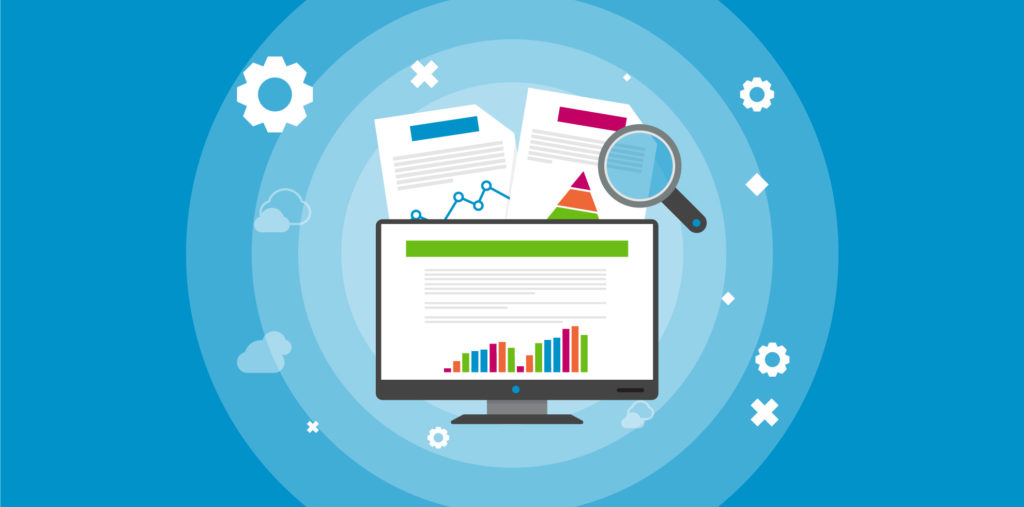Like other businesses in recent years, you’ve probably experienced some of the benefits of collecting call data. We’re finally able to know how customers interact with our company and how we respond to them and how we can do it better. But collecting data isn’t enough; it’s what we do with that data that’s crucial. How do I make use of my call data?

View Call Volumes & Adapt!
When looking at call volume data, identifying recurring spikes of high and low call volumes enables you to change staffing levels to reflect these patterns. If you find a surge in calls around 6 pm every evening, it might be valuable to tailor shift patterns to manage this influx of calls. By using these trends to inform your decisions, your customers are less likely to face long call waiting times and poor customer service. A positive experience means customers are more likely to return and spread the word to others while improving your overall reputation as a business.

Use Call Data to Improve All Areas of Business
You’ve identified a spike of calls around the Christmas period. Low staffing levels mean you’re struggling to cope with the calls; how do you deal with this?
Sometimes it’s valuable to take a look at what might be causing this influx of calls and rather than increasing phone staffing to deal with them. If customers are waiting on packages being delivered for Christmas, but haven’t received them on the expected date, cue an influx of frustrated calls. In this case, switching to a more reliable courier may result in fewer delays in deliveries and therefore, fewer calls to the company from angry customers.
Implementing significant changes to your product or service may be costly at the time, but this is going to result in lower staff costs, better customer satisfaction and a general improvement in the bottom line of your business. Don’t be afraid to make significant changes to the operations before looking at how enquiries are handled by staff.
Incentivise Your Company’s Goals
Sourcing data from the operating level can provide a comprehensive overview as to how your business works and how it can work even better. By analysing call info in your business’ departments, it allows you to see just how effectively calls are being managed. Is a particular team struggling to handle calls at a time of heavy volume?
Set up sufficient coaching where necessary with incentives promoted for those who deliver consistent quality. By providing your team with feedback opportunities and data collection tools (like call tagging), it enables more control over their workload, creating a better working environment and encouraging productivity.

Redesign the Traditional Employee Blueprint
Moving resources from a quieter department to help with a substantial amount of congestion in your company’s call routing can help avoid extra costs on staffing while creating a shorter call waiting time for customers. When installing a VoIP system for a small business, it’s essential to utilise the valuable data provided from the technology. With a brief overview of your company’s incoming calls, you can make informed decisions as to what departments will receive the most calls and at what time.
Rerouting your current call flow and staffing to cater for a more prioritised section of the business will not just eliminate the need to employ more staff, but also help your current employee’s know more about other departments and issues within the company. Don’t waste unnecessary resources hiring more staff, but rather, restructure roles by redirecting calls to other departments when required.



